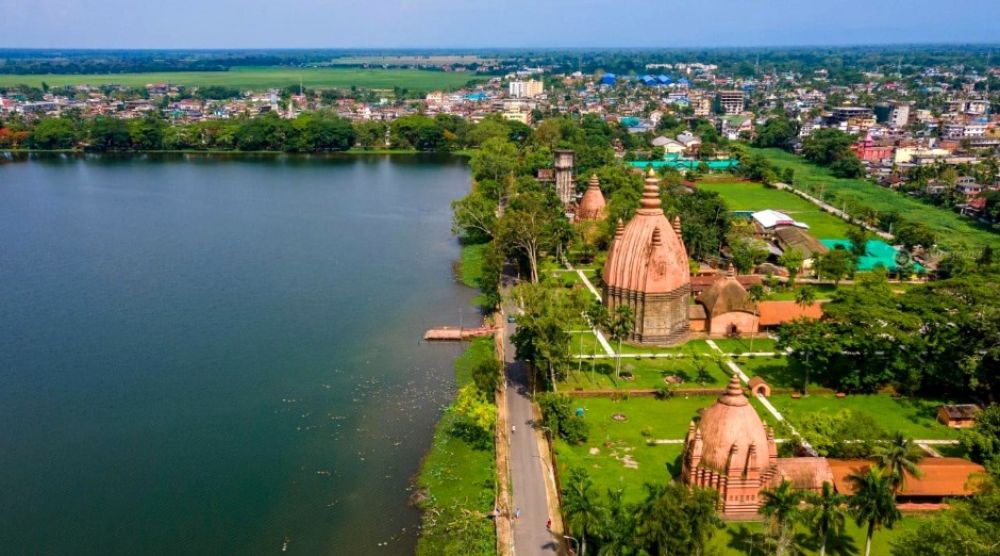

Sivasagar, historically known as Rangpur, is a city of great historical and cultural significance in the northeastern state of Assam, India. This city served as the seat of the powerful Ahom kingdom for about six centuries until the British took over in the early 19th century. The rich heritage of Sivasagar attracts tourists and history enthusiasts from around the world.
The roots of tourism in Sivasagar can be traced back to the time when the British East India Company and colonial officers started to take interest in the magnificent Ahom monuments and the Brahmaputra valley's beauty. However, the modern history of tourism in Sivasagar began to take shape after India’s independence in 1947, with the Government of India recognizing its potential for cultural tourism.
It wasn't until the late 20th century that concerted efforts were made to promote tourism in Sivasagar. This included the restoration of historical sites such as the Rang Ghar, the Talatal Ghar, and the Sivasagar Sivadol. The Assam Tourism Development Corporation (ATDC) also played a significant role in developing basic amenities and facilities to make the site more accessible and tourist-friendly. In recent years, the Indian government has invested in improving roads, hotels, and other tourist facilities to enhance the travel experience.
The landmarks of Sivasagar, like the Kareng Ghar, Shivadol, and Joysagar, are emblematic of the Ahom architecture which draws a significant number of visitors annually. The Ahom Museum and the ancient tanks of Sivasagar, particularly the Joysagar Tank, believed to be the largest man-made lake in India, are also focal points for tourists seeking to understand the region's history and culture.
Over the years, the tourism sector in Sivasagar has embraced sustainable practices and community-based tourism, highlighting the local way of life, cuisine, and traditions. There is also a growing trend towards experiential travel, where visitors engage in activities like tea garden visits, river cruises, and attending festivals such as Bihu. The resurgence of cultural festivals and events has also helped in attracting a new wave of tourists.
Despite the historical magnitude and government efforts, the challenges for tourism in Sivasagar include conservation concerns and the need for better marketing strategies. Looking ahead, the tourism industry aims to further exploit digital platforms and social media to engage with potential tourists. Moreover, there is a rising thrust on eco-tourism and enhancing the global visibility of Sivasagar's heritage sites.
In summary, Sivasagar holds a treasure trove of history and culture and is poised for further growth in tourism. While honoring its past, Sivasagar is gradually adapting to new trends and expectations of global travelers, seeking to place itself firmly on the map of must-visit historical destinations in India.